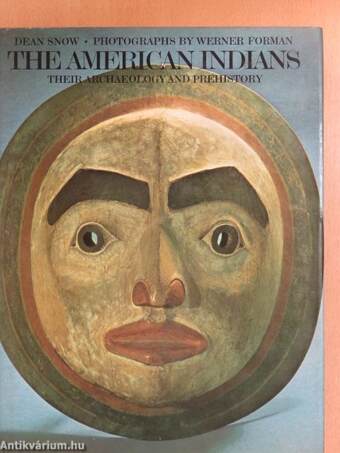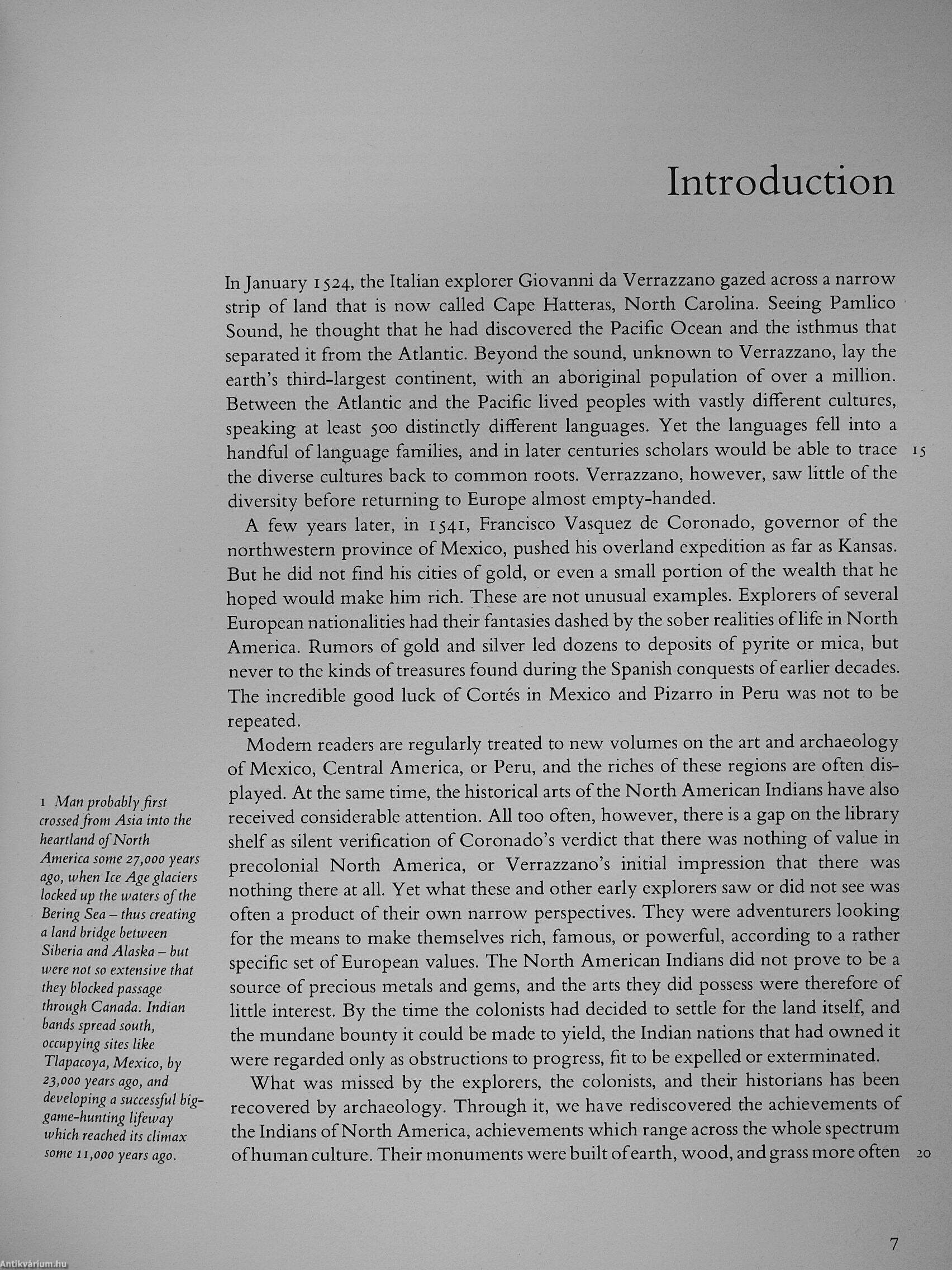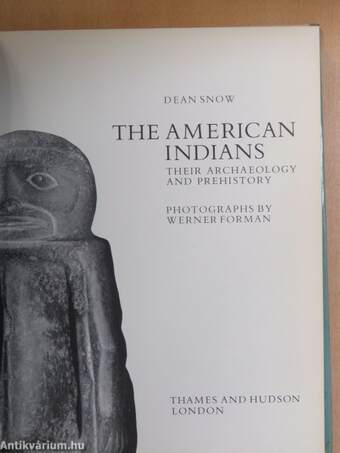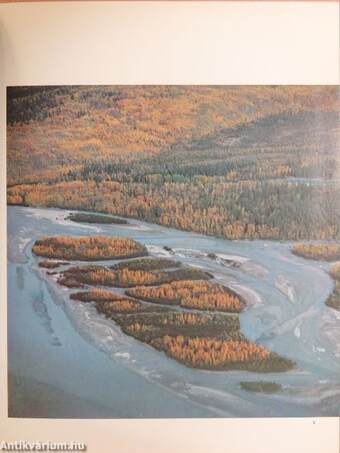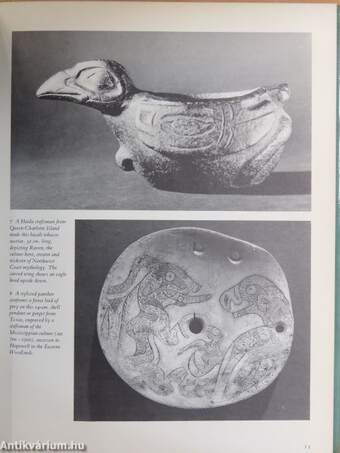1.062.395
kiadvánnyal nyújtjuk Magyarország legnagyobb antikvár könyv-kínálatát

VISSZA
A TETEJÉRE
JAVASLATOKÉszre-
vételek
The american indians
Their archaeology and prehistory
| Kiadó: | Thames and Hudson Ltd. |
|---|---|
| Kiadás helye: | London |
| Kiadás éve: | |
| Kötés típusa: | Ragasztott kemény kötés |
| Oldalszám: | 272 oldal |
| Sorozatcím: | |
| Kötetszám: | |
| Nyelv: | Angol |
| Méret: | 26 cm x 20 cm |
| ISBN: | |
| Megjegyzés: | Fekete-fehér és színes fotókkal. |
naponta értesítjük a beérkező friss
kiadványokról
naponta értesítjük a beérkező friss
kiadványokról
Előszó
TovábbFülszöveg
Dean Snow
The American Indians: their archaeology and prehistory Photographs by Werner Forman
North America, the world's third largest continent, seemed a mysterious, empty land, with no past and no history, to the Europeans who first encountered it. For centuries after, the achievements of its aboriginal population remained forgotten. What was missed by explorers, colonists and historians has now been recovered by the remarkable investigations of modern archaeology. Here in this book we are given convincing evidence of the great contribution made by the American Indians to the cultural history of the world.
Who were the earliest men to reach America? What did they find? Professor Dean Snow unravels the story from the first scattered bands, thousands of years before the arrival ofEuropeans, to the discovery of the last prehistoric man, who died in the twentieth century marooned out of time in a civilization not his own. A diverse array of cultures is seen against the backcloth... Tovább
Fülszöveg
Dean Snow
The American Indians: their archaeology and prehistory Photographs by Werner Forman
North America, the world's third largest continent, seemed a mysterious, empty land, with no past and no history, to the Europeans who first encountered it. For centuries after, the achievements of its aboriginal population remained forgotten. What was missed by explorers, colonists and historians has now been recovered by the remarkable investigations of modern archaeology. Here in this book we are given convincing evidence of the great contribution made by the American Indians to the cultural history of the world.
Who were the earliest men to reach America? What did they find? Professor Dean Snow unravels the story from the first scattered bands, thousands of years before the arrival ofEuropeans, to the discovery of the last prehistoric man, who died in the twentieth century marooned out of time in a civilization not his own. A diverse array of cultures is seen against the backcloth of the great regions of North America. Advanced prehistoric peoples of the Eastern Woodlands constructed elaborate burial mounds and giant earthen effigies of birds and serpents; their town-dwelling descendants, temple-platform builders on an almost Mexican scale, were also fanners of the Great Plains before the advent of the Spanish mustang in historical times turned the region into a hunting ground for mounted warriors. Beyond the Rockies, Indians of the Desert West tamed their harsh environment with impressive irrigation works, and built spectacular cliff-top dwellings against marauding nomads. Their remarkable crafts - painted ceramics, etched shells, coiled basketry - were matched by those of tribes in the neighbouring Far West, where ecological diversity threw up a multiplicity of different cultures, each with its own rituals and mythologies. By contrast, the prehistoric peoples of the vast Arctic and Subarctic were forced to concentrate on means of survival, and their resourcefulness over thousands of years culminated in the elaborate Eskimo tool-kit that impressed early European explorers so much.
Professor Dean Snow, Chairman of the Department of Anthropology at the State University of New York, Albany, draws together these various themes into a fascinating narrative, which is complemented by Werner Forman's vivid photographs, and many maps and charts. Vissza
Témakörök
- Történelem > Őskor
- Idegennyelv > Idegennyelvű könyvek > Angol > Művelődéstörténet
- Idegennyelv > Idegennyelvű könyvek > Angol > Történelem > Egyéb
- Művelődéstörténet > Civilizációtörténet > Amerikai
- Történelem > Idegennyelvű > Angol
- Régészet > Általános régészet, antropológia > Ősrégészet
- Régészet > Kontinensek szerint > Amerika
- Idegennyelv > Idegennyelvű könyvek > Angol > Régészet > Általános régészet, antropológia > Ősrégészet
- Idegennyelv > Idegennyelvű könyvek > Angol > Régészet > Kontinensek szerint > Amerika
- Történelem > Régészet > Általános régészet, antropológia > Ősrégészet
- Történelem > Régészet > Kontinensek szerint > Amerika
Dean Snow
Dean Snow műveinek az Antikvarium.hu-n kapható vagy előjegyezhető listáját itt tekintheti meg: Dean Snow könyvek, művekMegvásárolható példányok
Nincs megvásárolható példány
A könyv összes megrendelhető példánya elfogyott. Ha kívánja, előjegyezheti a könyvet, és amint a könyv egy újabb példánya elérhető lesz, értesítjük.



